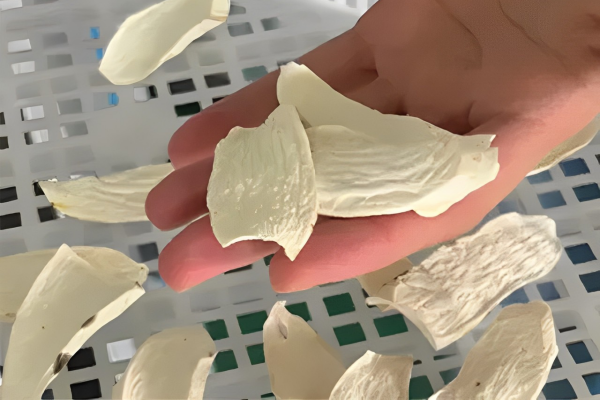Yam Drying Process
Yam is a nutrient-rich root vegetable with medicinal value. After drying, yams become more convenient to store and transport while retaining their nutritional and medicinal properties. A scientifically sound yam drying process is essential for producing high-quality dried yam products.

The basic yam drying process is as follows:
To maintain the white color of the yam and prevent oxidation discoloration, yam slices typically require pre-treatment. Common methods include blanching in hot water or briefly soaking in a light salt solution, effectively preventing browning during the drying process.
Hot air drying is the primary method for yam drying. Yam slices are placed in drying equipment where hot air circulates at 50°C to 60°C, gradually evaporating moisture while preserving the nutritional and medicinal value of the yam. Drying time is typically controlled between 6 to 10 hours, with adjustments based on the thickness and moisture content of the yam slices.
After drying, the yams need to cool naturally to room temperature before being sealed for packaging to prevent moisture absorption. The packaged dried yam slices have a white color, dry texture, and are convenient for storage and transportation, maintaining quality over an extended period in their dried state.

